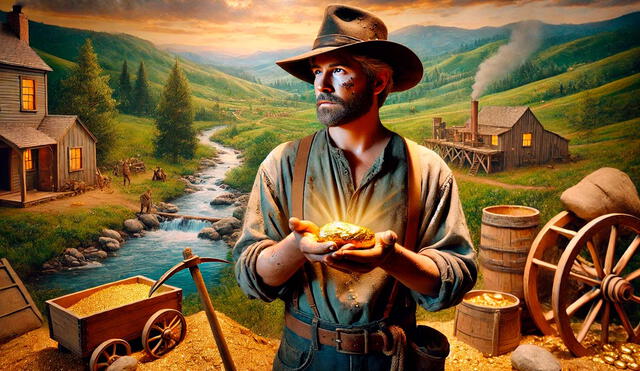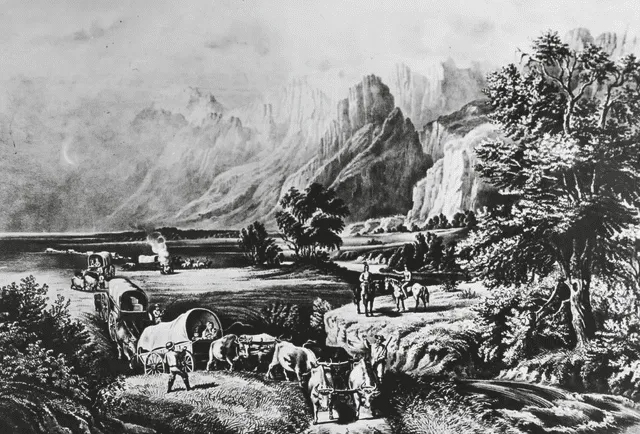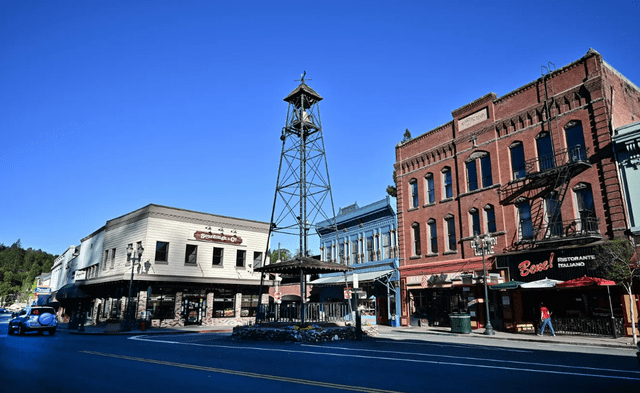California's timeless treasure: Is there still Gold to be found 200 years later?
Discover why California’s Gold Rush legacy continues to captivate prospectors 200 years later. Learn about modern methods, recent finds, and the state’s untapped treasures.

The allure of gold has captivated adventurers and prospectors for centuries, and California remains at the heart of this fascination. Two centuries after the iconic Gold Rush of 1848, the state continues to attract prospectors searching for hidden treasures. Recent discoveries have reignited public interest, proving that California's golden legacy is far from over.
This enduring appeal raises questions about the state’s untapped potential. Is there still gold hidden in California’s hills and rivers, waiting to be discovered? And what modern methods are prospectors using to find it?
A Golden history that shaped California and the nation
The California Gold Rush began in 1848 when James W. Marshall discovered gold at Sutter’s Mill. In a creek near Coloma, a secluded town nestled in the foothills of the Sierra Nevada mountains, a local carpenter noticed tiny, pea-sized glimmers reflecting sunlight—small gold nuggets.
“It made my heart thump, for I was certain it was gold,” Marshall would later say.
This historic event triggered a massive migration, transforming California into a hub of economic activity and leading to its statehood in 1850. The influx of fortune seekers, known as "forty-niners," forever altered the state's demographic, cultural, and economic landscape.
By the spring of 1848, San Francisco had nearly emptied, as most men abandoned their shops to head for the mines, prompting others across California to follow suit.
At the time of Marshall's gold discovery, the United States and Mexico were concluding a two-year war, and California was still under Mexican rule. Unbeknownst to either side, the Treaty of Guadalupe Hidalgo, signed just nine days later on February 2, 1848, officially transferred control of California to the United States, without knowledge of the newfound gold.
News of the discovery took months to reach population centers on the East Coast, arriving midsummer of that year. It wasn’t until December, when former President James K. Polk referenced “accounts of the abundance of gold” in his State of the Union address, that a massive migration to California began.

California suffer a mass migration during the Gold Rush in the mid 1800s. Photo: USA Today.
The non-Indigenous population in California surged from around 14,000 to nearly 100,000 by the end of 1849 and exceeded 250,000 by 1852. These new settlers, known as “forty-niners” for their arrival year, included farmers from Oregon, businesspeople from New York, and prospectors from Mexico, Chile, Hawaii, and China, creating a diverse cultural mix in the bustling gold mines.
While large-scale mining operations dominated the 19th and early 20th centuries, individual prospectors have kept the tradition alive. Rivers, streams, and abandoned mining claims still hold potential for significant discoveries, as seen in recent findings in the Sierra Nevada foothills.
Is there Gold to be found in California today?
In early 2025, amateur prospectors in the Sierra Nevada foothills uncovered a deposit of gold nuggets and flakes estimated to be worth millions of dollars. This find, while rare, demonstrates that California’s land still holds untapped riches. Such discoveries often spark renewed interest among treasure hunters and rekindle dreams of striking it rich.
Ed Allen, a historian at the Marshall Gold Discovery State Historic Park, estimates that only 10% to 15% of California’s gold reserves have been uncovered. However, veteran gold hunter Terry Prebalick believes that the original miners barely scratched the surface, uncovering perhaps just 1% of the gold available.

Placerville, California lies in the heart of the 'Golden state' which boomed after the discovery of Gold. Photo: AFP
Despite advancements in technology, Terry noted that gold prospecting methods haven’t evolved much over the centuries. “The main difference is now we use plastic and aluminum for our sluice boxes, whereas before, they used wood and their Levi’s,” he said to USA Today, referencing the sifting devices miners use to separate gold from sediment.
“And as always,” he added with a laugh, “it’s the shovel makers and the equipment sellers who are still making the most money.”
Like many other get-rich-quick pursuits, the California Gold Rush left a trail of destruction in its wake.
During the height of the Gold Rush, California's Indigenous population plummeted from around 150,000 to just 31,000, according to the International Indian Treaty Council. Contributing to this decline was the 1860 "Act for the Government and Protection of Indians," which legalized the forced indentured servitude of Native Americans. This law led to the enslavement of more than 25,000 Indigenous people across the state.
